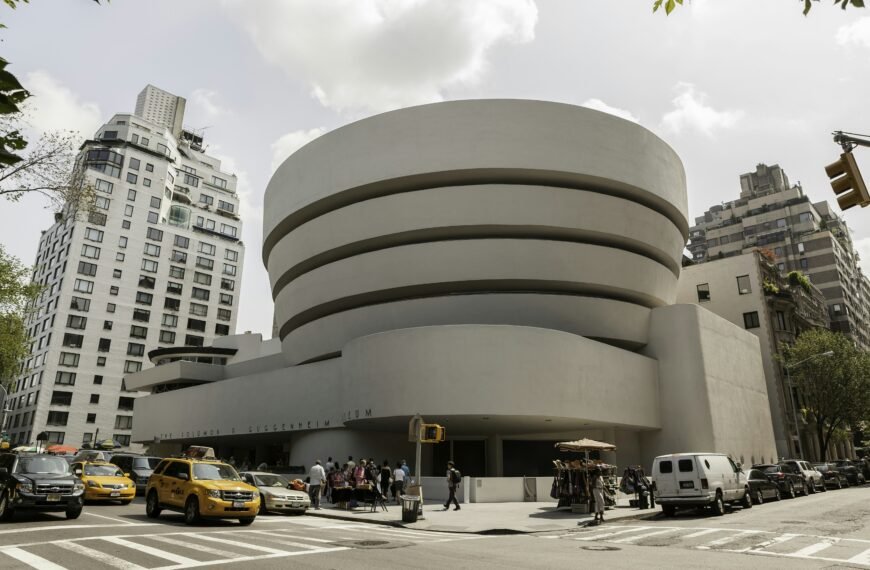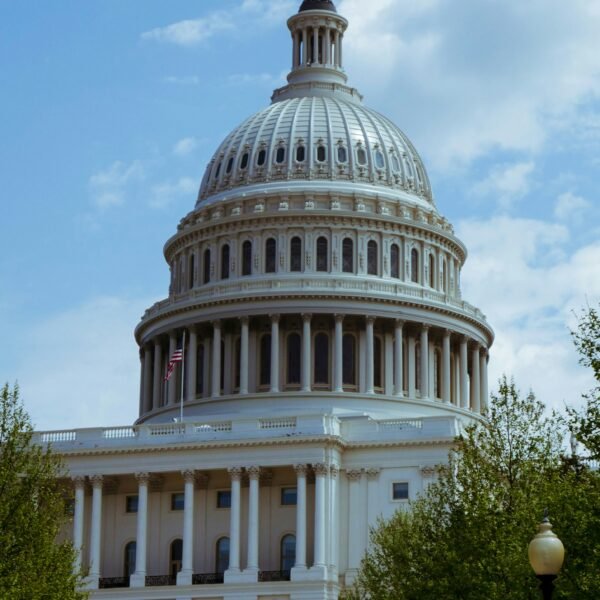In an exciting development for the art world, Jeffrey Gibson has been chosen to create sculptures of ancestral spirits for the facade of the Metropolitan Museum of Art. Known for his unique blend of abstract works infused with queer and native themes, Gibson now faces the challenge of translating delicate structures of beadwork, textiles, and paint into four weatherproof sculptures that will be on display from September 2025 to May 2026. This commission is a significant honor for Gibson, who was recently chosen to represent the United States at the Venice Biennale. Alongside Gibson’s sculptures, artist Jennie C. Jones will also contribute a roof garden installation to the Met as part of the museum’s grand curatorial program. Both artists explore abstraction and address issues of identity, place, and consciousness in their works, making this simultaneous showcase a compelling and cohesive artistic experience.
Jeffrey Gibson’s Weatherproof Sculptures of Ancestral Spirits on Met Facade
Jeffrey Gibson, a Choctaw-Cherokee artist known for his abstract works infused with queer and native themes, has been honored with the opportunity to represent the United States at the Venice Biennale, one of the most prestigious events in the art world. Shortly after accepting this honor, Gibson received another exciting offer from curator David Breslin: to create newly commissioned sculptures for the facade of the Metropolitan Museum of Art. This article will delve into the details of Gibson’s art and career, the challenge of translating delicate structures into weatherproof sculptures, and the high-profile opportunities he has received amidst personal mourning.
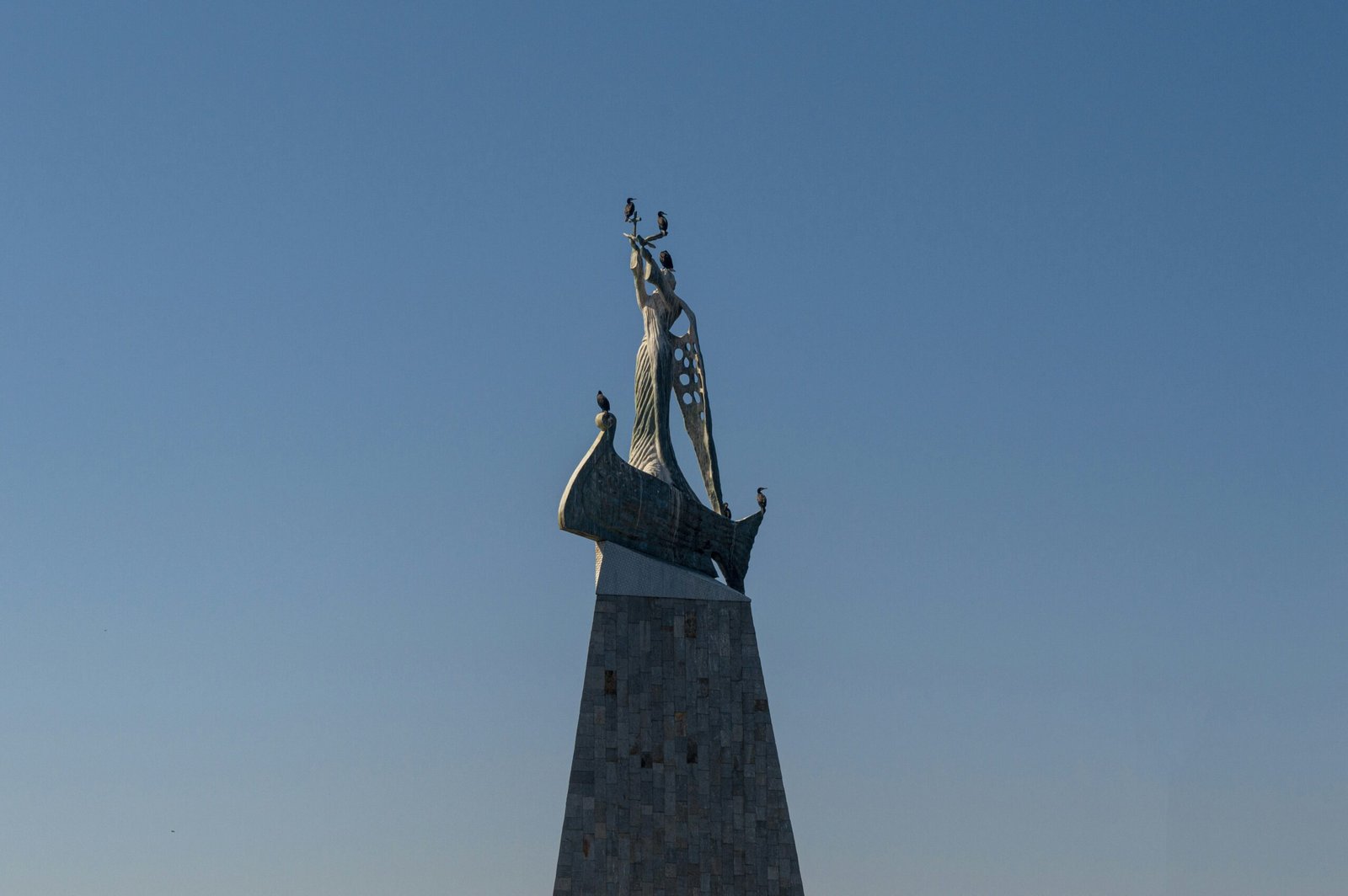
Overview of Jeffrey Gibson’s art and career
Jeffrey Gibson’s art is a unique fusion of abstract forms and native and queer themes. As a Choctaw-Cherokee artist, he draws inspiration from his Indigenous heritage and explores the intersections of identity, place, and consciousness. His work often incorporates beadwork, textiles, and paint to create delicate and intricate structures that reflect his cultural heritage. Gibson’s career has been marked by numerous accolades and exhibitions, with his recent commission for the Venice Biennale being a significant milestone.
The honor of representing the United States at the Venice Biennale
Being chosen to represent the United States at the Venice Biennale is a prestigious and highly sought-after honor in the art world. Gibson’s selection for this honor speaks to his talent, creativity, and the significance of his work. The Venice Biennale provides an international platform for artists to showcase their art and engage with a global audience. It is a significant opportunity for Gibson to raise awareness about Indigenous art and themes and to connect with artists and art enthusiasts from around the world.
Commissioned to create sculptures for the Metropolitan Museum of Art’s facade
David Breslin, the curator at the Metropolitan Museum of Art, reached out to Gibson with a unique and exciting opportunity: to create four newly commissioned sculptures for the museum’s facade. This commission allows Gibson to return to the ancestral spirit figures that he started assembling in 2015. The challenge, however, lies in translating these delicate structures of beadwork, textiles, and paint into weatherproof sculptures that can withstand the elements. The sculptures will be displayed on the museum’s facade, gazing upon visitors from their plinths above Fifth Avenue.
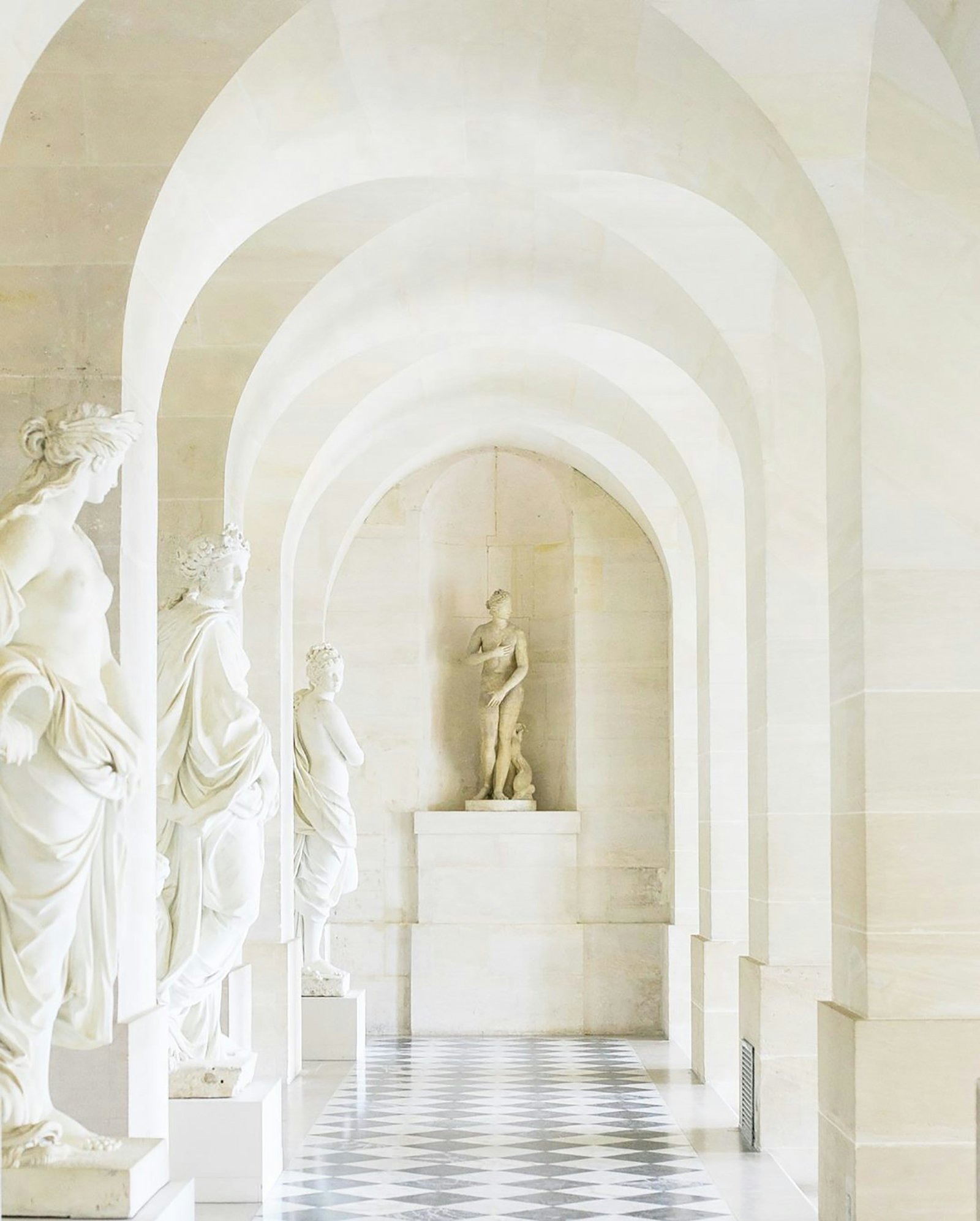
Returning to ancestral spirit figures
Gibson’s decision to return to ancestral spirit figures for the Met facade commission is a nod to his previous work and a continuation of his exploration of Indigenous themes. These figures hold deep cultural and spiritual significance, and Gibson’s reinterpretation of them through his abstract and contemporary lens adds a fresh perspective to their legacy. By placing these sculptures on the facade of the Metropolitan Museum of Art, Gibson invites visitors to engage with these ancestral spirits and reflect on their own connection to history and heritage.
Challenge of translating delicate structures into weatherproof sculptures
One of the main challenges Gibson faces in creating sculptures for the Met facade is finding materials that can withstand outdoor conditions while preserving the tactile quality of his work. Beadwork, textiles, and paint are delicate materials that require protection from moisture and other environmental factors. Collaborating with engineers, Gibson is working to find weatherproof materials that can replicate the intricate and fragile nature of his original sculptures. This challenge highlights the intersection of art and engineering, as both disciplines come together to bring Gibson’s vision to life.
Duration of the sculptures’ exhibition
The sculptures commissioned for the Metropolitan Museum of Art’s facade will be on view from September 2025 through May 2026. This nine-month exhibition gives museum visitors ample time to experience and engage with Gibson’s artwork. The sculptures will serve as a striking visual element on the exterior of the museum, inviting passersby to pause and contemplate the intersection of contemporary art and Indigenous culture.
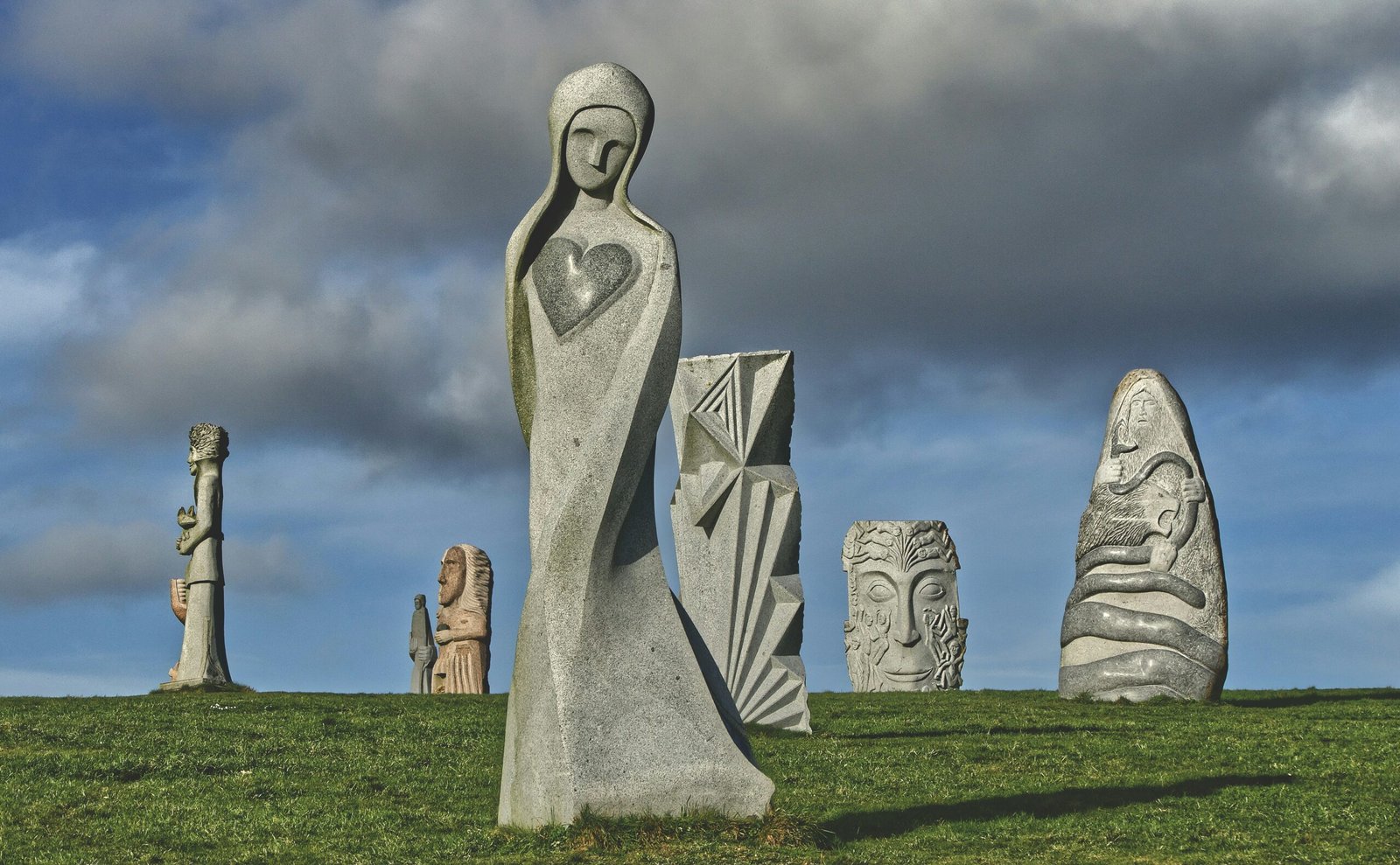
Introduction to the curator David Breslin
David Breslin, the curator of modern and contemporary art at the Metropolitan Museum of Art, played a crucial role in commissioning Gibson’s sculptures for the museum’s facade. Breslin recognizes Gibson as one of the most incredible artists of his generation and values the unique perspective and themes that Gibson brings to his artwork. Through his curatorial choices, Breslin aims to create a diverse and compelling program that addresses issues of identity, place, and consciousness.
Jennie C. Jones’ roof garden commission
In addition to Gibson’s sculptures, David Breslin also announced Jennie C. Jones as the artist for the roof garden commission at the Metropolitan Museum of Art. Jones, known for exploring the relationship between acoustic sound, minimalist art, and the history of the Black avant-garde, will be experimenting with stringed instruments for her installation on the museum’s rooftop. This exhibition will be on view from April 15, 2025, to October 19, 2025, aligning with Gibson’s sculptures on the facade.
Relationship between acoustic sound, minimalist art, and the history of the Black avant-garde
Both Jeffrey Gibson and Jennie C. Jones share a common thread in their exploration of sound and its relationship to art and history. Jones’ focus on acoustic sound, minimalist art, and the history of the Black avant-garde aligns with Gibson’s interest in abstract forms and his Native and queer identity. Both artists embrace beauty and utilize their art to address issues of identity and consciousness. The convergence of these two exhibitions at the Metropolitan Museum of Art underscores the curatorial program’s commitment to diversity and thought-provoking narratives.
Scheduling and development of Gibson’s artworks
Gibson’s schedule aligned perfectly, allowing him to work on both the Venice Biennale and the Met commission concurrently. While the artworks for the Italian exhibition have already been shipped, Gibson’s studio has shifted its focus towards creating the sculptures for the museum’s facade. This parallel development process highlights the intense dedication and work required for artists to meet multiple high-profile opportunities simultaneously.
Dealing with materials suitable for outdoor installation
Creating weatherproof sculptures for outdoor installation presents unique challenges for artists. In the case of Jeffrey Gibson, the delicate materials he typically works with, such as beadwork, textiles, and paint, require protection from the elements. Collaborating with engineers and materials experts, Gibson is striving to find suitable materials that can mimic the tactile quality and fragility of his original sculptures while ensuring their longevity in an outdoor environment. This process showcases the intersection of art and science, as artists and engineers work together to make remarkable feats possible.
High-profile opportunities amidst personal mourning
While Jeffrey Gibson’s career has reached new heights with the Venice Biennale representation and the Met facade commission, these accomplishments come at a time of personal mourning for the artist. In January, Gibson’s gallerist, Brent Sikkema, was tragically murdered in Rio de Janeiro. Despite this devastating loss, Gibson remains determined and driven to honor his gallerist’s memory through his art. The support and care he received from Sikkema are a testament to their strong bond, and Gibson’s ability to channel his grief into his work demonstrates the resilience of the human spirit.
Conclusion
Jeffrey Gibson’s upcoming exhibition of weatherproof sculptures on the facade of the Metropolitan Museum of Art is an exciting opportunity for both the artist and museum visitors. His unique fusion of abstract forms and Indigenous and queer themes brings a fresh perspective to the art world, challenging traditional notions of art and identity. Through the challenges of translating delicate structures into weatherproof sculptures, Gibson’s artistic talent and dedication shine. This exhibition, alongside Jennie C. Jones’ roof garden commission, showcases the Met’s commitment to presenting diverse and thought-provoking contemporary art. Despite personal mourning, Gibson has shown remarkable resilience and strength in continuing to create art that celebrates his heritage and believes in its transformative power.


